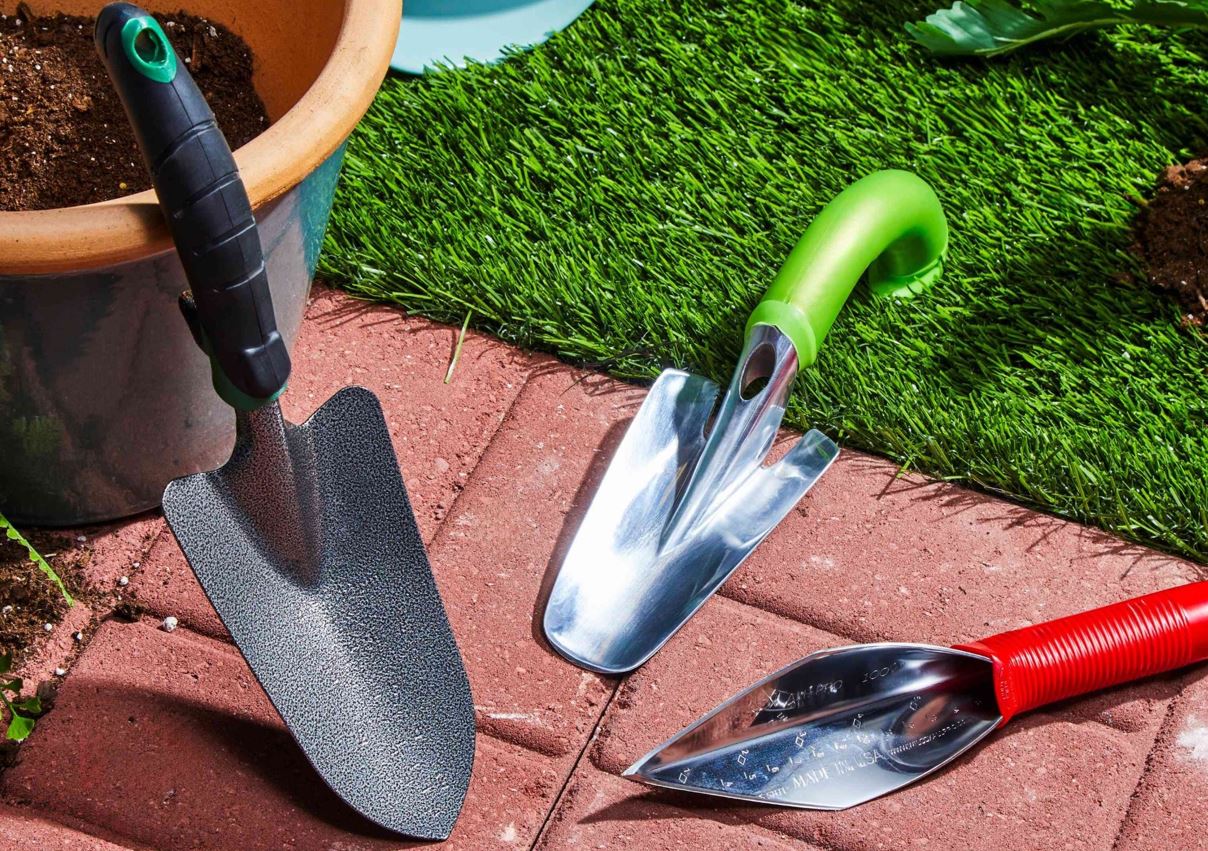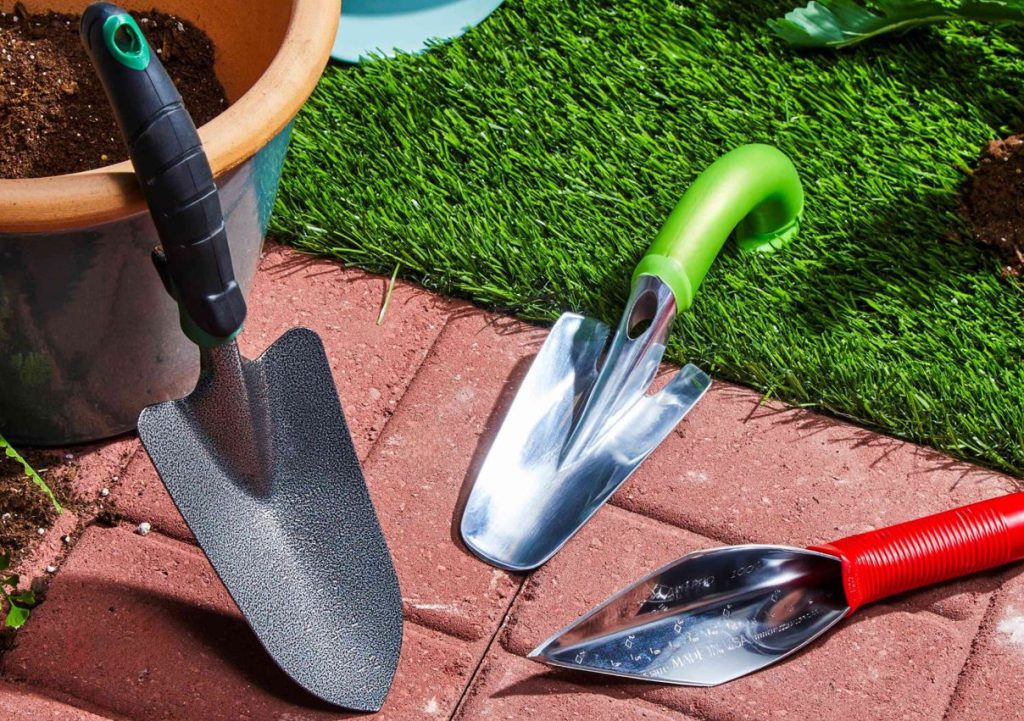Discover the hidden history behind the trowel – a timeless tool with a fascinating past that every gardener should know.
When it comes to gardening, having the right tools can make all the difference in the world. Among the essential tools for any gardener is the trusty trowel. This small but mighty tool is versatile and can be used for a wide variety of gardening tasks. In this guide, we will explore the different types of trowel tools, how to choose the right one for your gardening project, tips and techniques for using trowel tools effectively, and how to maintain and store your trowel tools.
Table of Contents
The Different Types of Trowel Tools
Trowel tools come in various shapes and sizes, each designed for specific tasks in the garden. Pointed trowels, also known as sharp shooters, are ideal for digging small holes, breaking up compacted soil, and transplanting seedlings. The pointed tip makes it easy to penetrate the soil and navigate around plant roots.
Flat trowels, on the other hand, have a wide, flat blade that is perfect for leveling and smoothing soil or mulch in garden beds or pots. This type of trowel is great for creating a consistent surface for planting or for spreading materials evenly.
Hand trowels are perhaps the most commonly used trowel tools and are perfect for a wide range of tasks, including planting, transplanting, and weeding. Their compact size and ergonomic design make them comfortable to use for extended periods without causing strain on your hands.
How to Choose the Right Trowel Tool for Your Gardening Project
When selecting a trowel tool for your gardening project, there are a few factors to consider. First, think about the size of your garden and the types of plants you will be working with. Larger gardens may require a trowel with a longer handle for extended reach, while smaller pots may need a smaller hand trowel.
Next, consider the type of soil you will be working in. If you have dense or compacted soil, a pointed trowel may be more effective at breaking it up than a flat trowel. Finally, look for trowel tools with ergonomic handles that are comfortable to grip and reduce strain on your hands during use.
Tips and Techniques for Using Trowel Tools Effectively
When using a pointed trowel, try using a rocking motion to make digging easier and more efficient. This technique can help you penetrate the soil with less effort and is particularly useful when working in hard or rocky soil.
It’s important to keep your trowel tool sharp and clean to prevent damage to your plants. A dull blade can crush plant roots and stems, while a dirty blade can introduce pathogens to your garden. Regularly sharpening and cleaning your trowel tool will help it perform optimally and extend its lifespan.
Don’t be afraid to get creative with your trowel tool. While trowels are commonly used for planting and digging, they can also be used for a variety of other tasks in the garden, such as cutting through roots, dividing perennials, or even removing weeds. Experiment with different techniques and see how versatile your trowel tool can be.
Maintaining and Storing Your Trowel Tools
After each use, be sure to clean your trowel tool to remove any dirt, debris, or moisture that may be present. This will help prevent rust and prolong the life of your trowel. You can use a stiff brush, warm soapy water, and a cloth to clean the blade thoroughly before drying it off and storing it.
Store your trowel tool in a dry place to prevent moisture damage. Hanging your trowel on a hook or storing it in a shed or garage will help protect it from the elements and keep it in good condition. Consider investing in a tool holster or belt to keep your trowel tool easily accessible while you work in the garden.
Conclusion
Trowel tools are an indispensable part of any gardener’s toolkit, offering versatility and efficiency for a wide range of tasks. By choosing the right trowel tool for your gardening project, using it effectively with the right techniques, and properly maintaining and storing it, you can enjoy a more productive and enjoyable gardening experience. So next time you head out to the garden, don’t forget to grab your trusty trowel tool and unearth the secrets it holds for a successful garden.

